Cities ablaze and countries submerged: The worst climate disasters of 2022
The Independent looks back at some of the year’s most erratic and devastating events
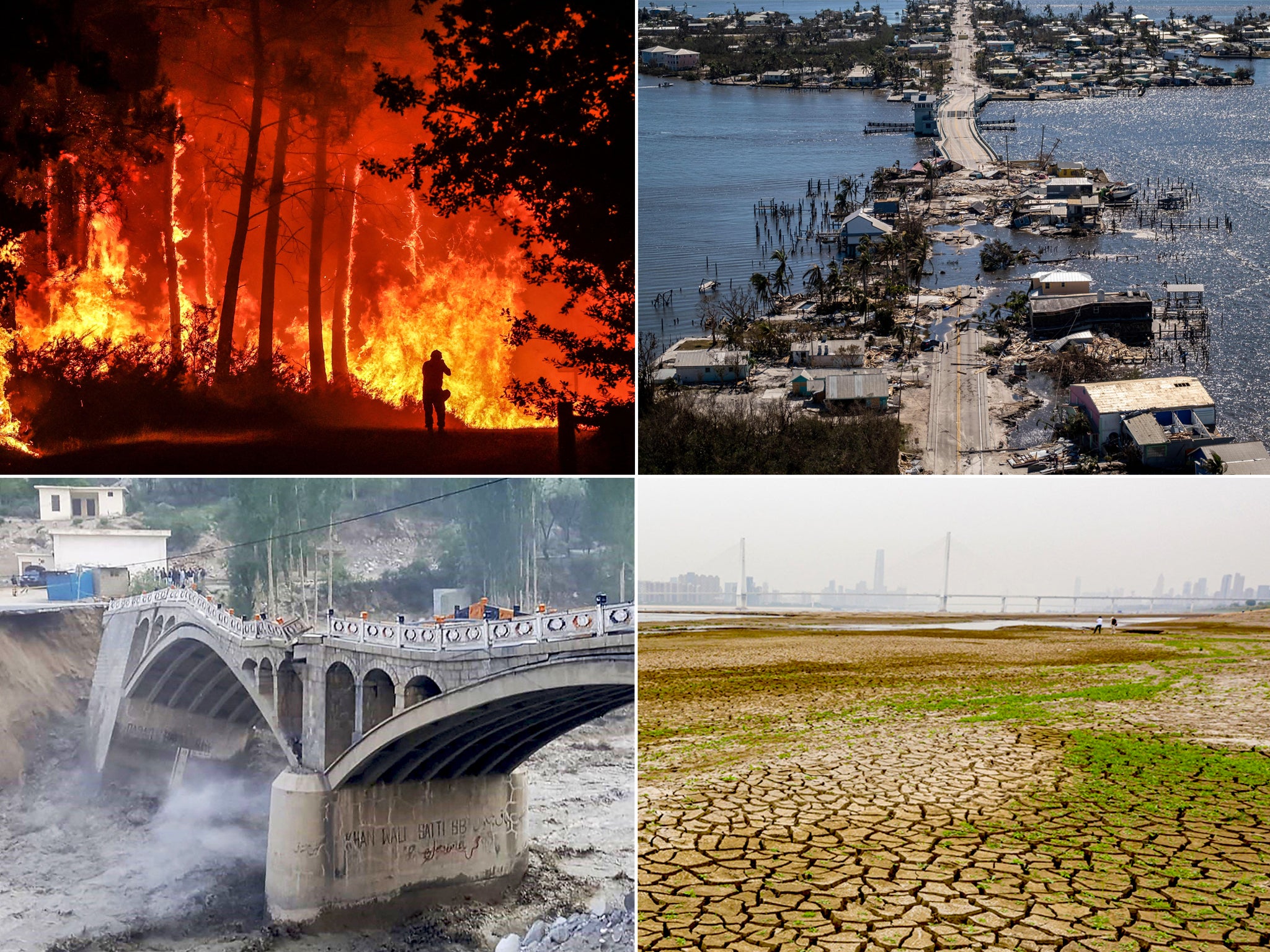
Wildfires tearing through the London suburbs. One-third of Pakistan underwater. Drought-linked famine looming for tens of millions of people in East Africa. Billions of dollars in damage from a “500-year” hurricane that smacked into Florida.
The year 2022 brought disaster after disaster across the planet with scientists increasingly able to point to the climate crisis as the root cause.
Here, The Independent looks back at some of the most erratic and devastating events being driven by humanity’s continued reliance on burning fossil fuels:
Flooding in Pakistan
This summer’s record-breaking monsoon flooding wreaked havoc across Pakistan, plunging one-third of the country underwater. The rising torrents killed more than 1,700 people, including nearly 500 children, and left 13,000 injured. Nearly eight million citizens were displaced and $40bn in damages done to 8,000 miles of roads, 439 bridges and 2.3 million houses.
The climate crisis intensified Pakistan’s monsoon rains by 50-75 per cent, World Weather Attribution (WWA) subsequently discovered. WWA, an international team of climate scientists who volunteer their expertise, frequently respond to this pressing question: To what extent was an extreme event influenced by climate change?
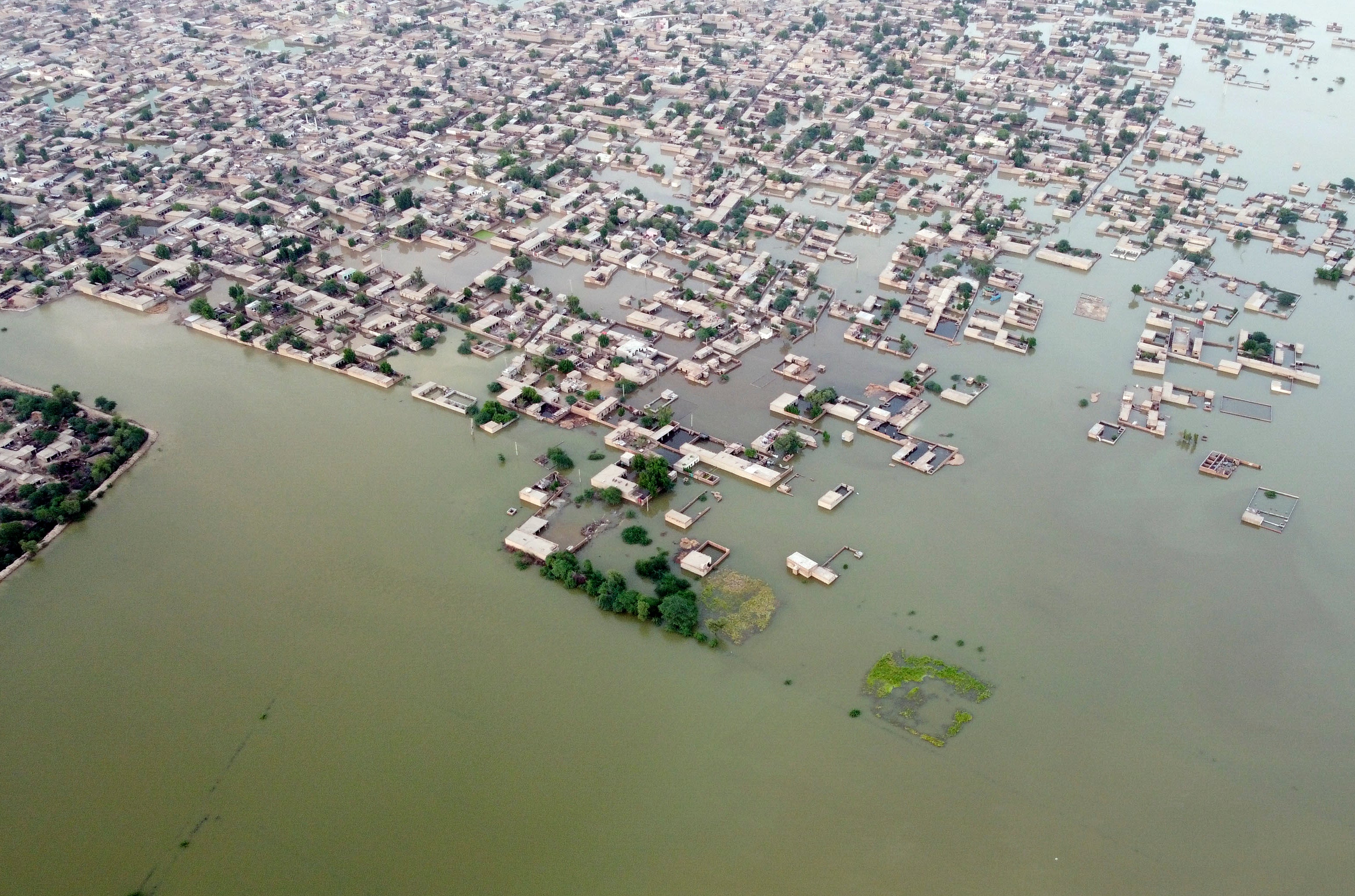
Pakistan’s summer floods have spawned myriad crises. The country is facing a massive public health disaster as water-borne diseases spread, leaving large numbers of women and girls with urinary tract infections, reproductive issues and pregnancy complications. The country is also grappling with food shortages after the developing country’s agricultural belt under water.
Severe flooding also impacted West and Central Africa and killed hundreds of people. Some 3.4 million were forced to leave their homes in Nigeria, Chad, Niger, Burkina Faso, Mali and Cameroon as farmlands, homes and infrastructure went under water.
More than 40 people, including four siblings under eight, were also killed when flash flooding struck rural parts of the US state of Kentucky this summer.
Megadrought in the Horn of Africa
Ethiopia, Somalia and Kenya are facing their longest-running drought in 40 years after the rainy season failed to arrive for the fifth consecutive year.
The exceptional drought highlights the region’s vulnerability to climate-related shocks, which are expected to intensify because of the climate crisis.
Millions are facing starvation after lack of water caused crop failures and killed nearly 10 million livestock, in areas where small farms and a pastoral way of life are commonplace. In Kenya alone, the government estimates the economic cost of livestock loss at more than $1.5bn.
Across the Horn of Africa, at least 36 million people will be affected, with the majority in Ethiopa, but nearly eight million in Somalia and five million in Kenya also impacted . This includes more than nine million women of reproductive age who face dangers to their health and aggravated risks of gender-based violence due to the drought.
“We fled hunger, but hunger followed us here. I tried to find help, but it was too late for Ahmed. He took two last breaths and that was it. He didn’t even cry,” Mahupo Ali, a mother of three, told Save the Children in Baidoa, Somalia, after giving birth in a camp for displaced people but was unable to produce enough milk to feed her baby boy.
Even without a famine being officially declared in Somalia, deaths during this drought could be as high as in the 2011 famine, the charity reported.
More than 230 children have been buried in a single graveyard in Baidoa after dying from malnutrition. About five million children are acutely malnourished in drought-affected areas.
And an estimated 1.3 million pregnant and lactating women are acutely malnourished, many who have sacrificed their own well-being and nutrition to care for their families.
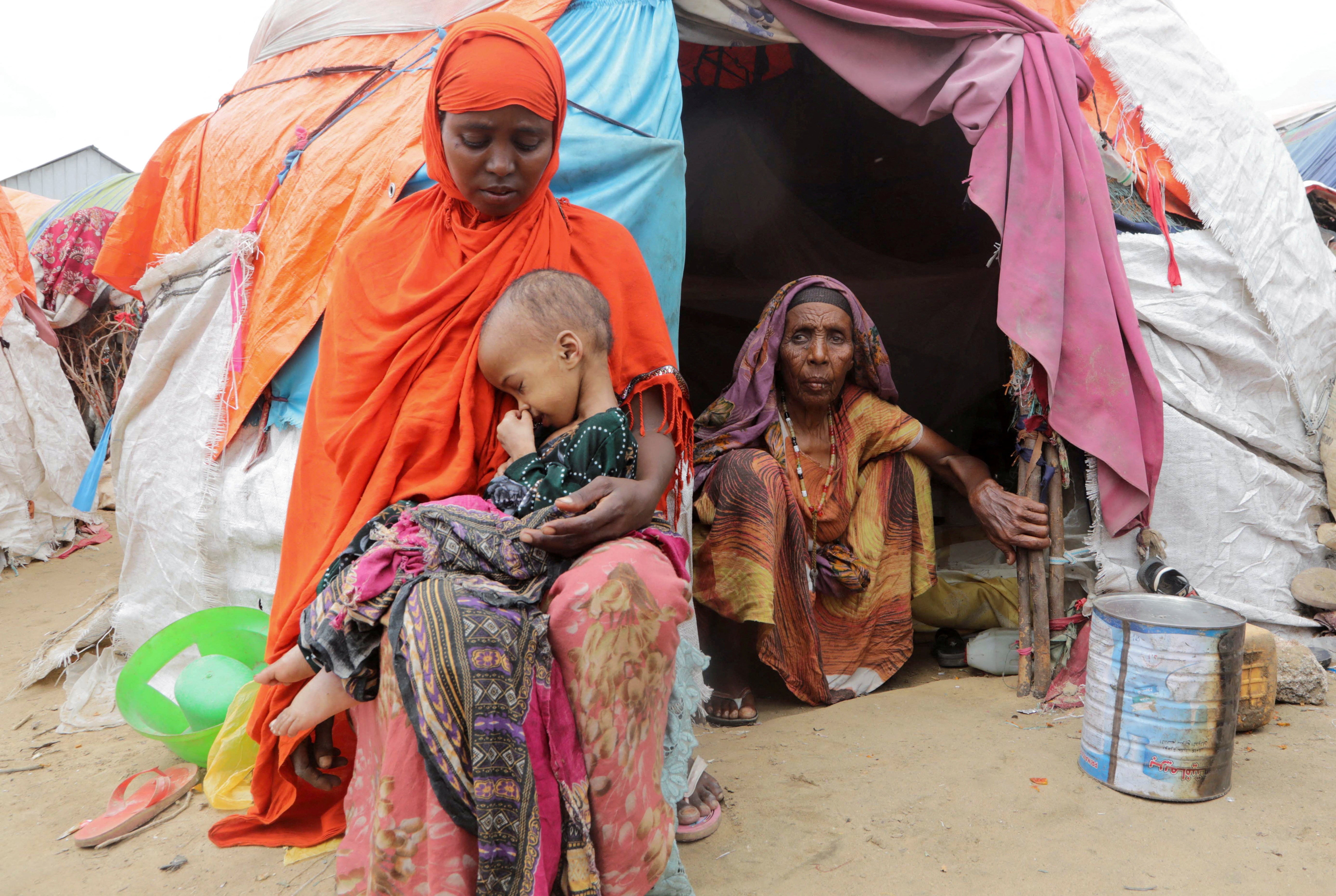
Hurricane Ian strikes Florida
Hurricane Ian slammed into Florida at near Category-5 status in September after undergoing “rapid intensification”. The phenomenon - which sees tropical cyclones super-charged over a short period of time - is becoming more common as the climate crisis makes oceans hotter.
Ian made landfall in the state’s southwest with winds that sheared off roofs and coastal surge as high as a two-storey building in places.
“We’ve never seen storm surge of this magnitude,” Florida Governor Ron DeSantis said, describing the storm as “basically a 500-year flooding event”.

The damage was near total in some communities with homes swept clean from foundations and others left up to their roofs in water. Large boats and yachts were tossed together like bath toys and left in heaps miles inland.
Sanibel Island, an idyllic ocean community outside of Fort Myers, found itself cleaved from the mainland after a large portion of its only access road, the Sanibel Causeway, collapsed.
More than 100 people died in Hurricane Ian with many drowning in their homes or vehicles after they refused to evacuate. It was the third-deadliest storm to hit the US mainland after Katrina and Sandy.
Thousands of people have been long-term displaced after losing their homes. Ian caused between $50-65bn in insured damages, according to the global insurer Swiss Re.
Extreme storms, amplified by climate change, occurred around the world this year. Puerto Rico is still recovering from Hurricane Fiona in September which brought “historic” rains and severe winds, leaving the entire island in blackout. The same month, two million people in southwestern Japan were evacuated due to Typhoon Nanmadol which brought rainfall and wind gusts of up to 155mph (250 km/h).
Heatwave in China
The summer brought sustained, extreme heat for nearly three months to large parts of China with dizzying temperatures and the first national drought alert.
It was the country’s strongest heat wave since record-keeping began in 1961, said Chinese forecasters. Temperatures topped 40 degrees Celsius (104 degrees Fahrenheit) in cities and rural villages across southern China.
Residents in Sichuan province were told by officials to keep air conditioners above 26C while railways stations and other public places dimmed their lights. Shanghai’s Bund district switched off its iconic light display to conserve power.
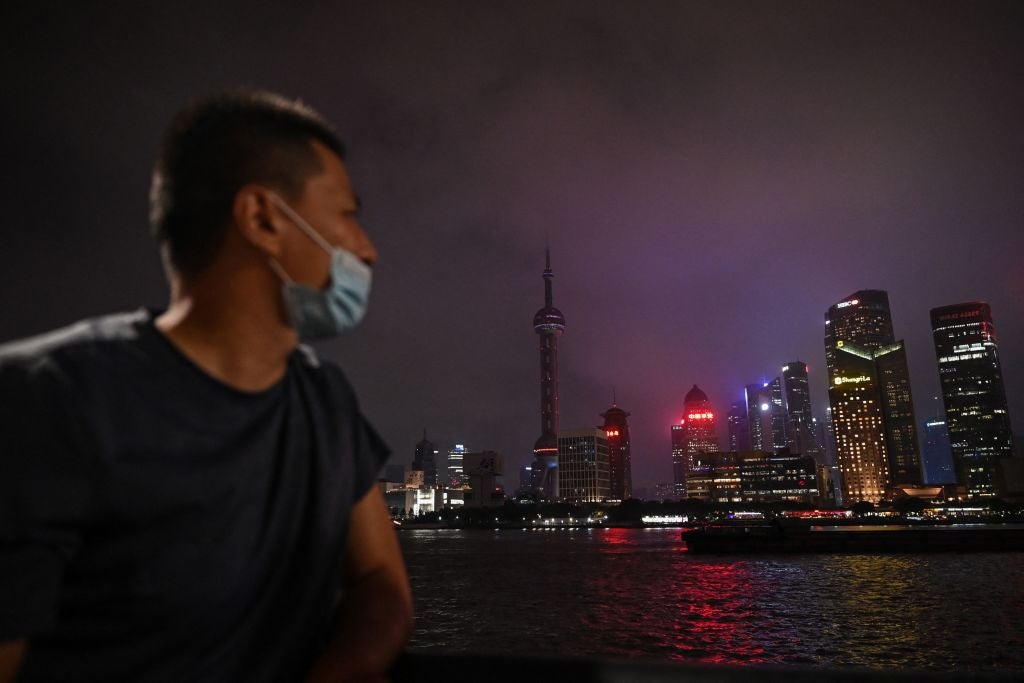
The mighty Yangtze River was reduced to a trickle in places which led to rolling blackouts, disruptions of cargo traffic, and industry slowdowns as hydropower stations were impacted by low water levels.
The Jialing River, a tributary of the Yangtze, was so depleted that local residents took evening walks along the dusty riverbed.
Chongqing, in China’s southwest, was hit particularly hard with fires erupting in mountain forests and 1,500 people forced to evacuate. Some shopping malls limited their opening hours to save power, and residents tried to cool off in Second World War air-raid shelters.
Heatwaves are now starting earlier and lasting longer than usual. China’s extreme heat was believed to be linked to the human-driven climate crisis but scientists continue to investigate.
Wildfires and deadly heat in Europe
Record-breaking, killer temperatures swept across Europe this summer and led to wildfires in places that have never seen them before.
Over 20,000 people are believed to have died in western Europe due to the extreme heatwave.
“Greenhouse gas emissions, from burning fossil fuels like coal, gas and oil, are making heatwaves hotter, longer-lasting and more frequent. Heatwaves that used to be rare are now common; heatwaves that used to be impossible are now happening and killing people,” said Dr Friederike Otto, Senior Lecturer in Climate Science at the Grantham Institute at Imperial College London and co-lead of the World Weather Attribution group.
In the UK, the temperature climbed above 40C (104F) for the first time in recorded history, reaching 40.3C in the small town of Coningsby on 19th July. WWA found the UK heatwave was at least 10 times more likely to happen because of human-caused climate change.
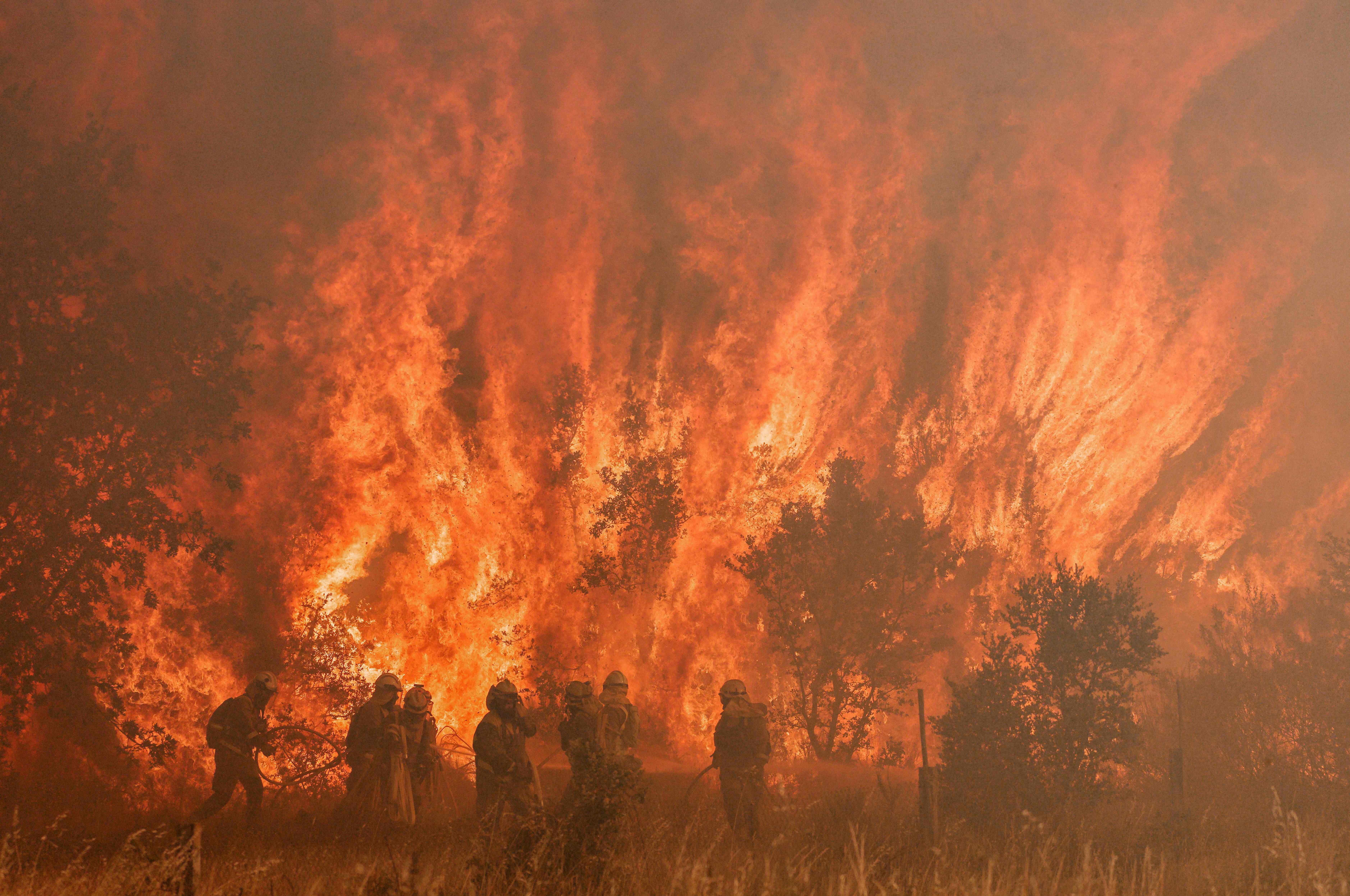
The heat compounded a critical drought in much of Europe and primed landscapes for wildfire. Portugal saw huge blazes in the Serra da Estrela National Park, a protected UNESCO World Heritage Site which at least is sparsely populated.
In central Germany, hundreds of emergency personnel fought a major forest fire central in the Harz National Park.
In France, huge blazes ravaged swathes of countryside. Hundreds of firefighters traveled from neighbouring European countries to help French crews get the fires under control in the Gironde region. The EU’s Copernicus satellite programme revealed that the estimated carbon emissions from wildfires in France during June, July and August were the highest since 2003, reflecting the severity of this year’s fire season.
In July, hundreds of fires broke out in the south of England and Wales as the intense heat gripped the UK. Wildfires erupted in parts of London, Kent, Cornwall and Pembrokeshire.
The London Fire Brigade (LFB) declared a major incident due to the huge surge in “weather-related” blazes and grass fires across the capital amid the 40C heat. The fire service recorded its busiest day since the Second World World as fires destroyed more than 40 houses and shops in the UK capital.
Join our commenting forum
Join thought-provoking conversations, follow other Independent readers and see their replies
Comments

Bookmark popover
Removed from bookmarks